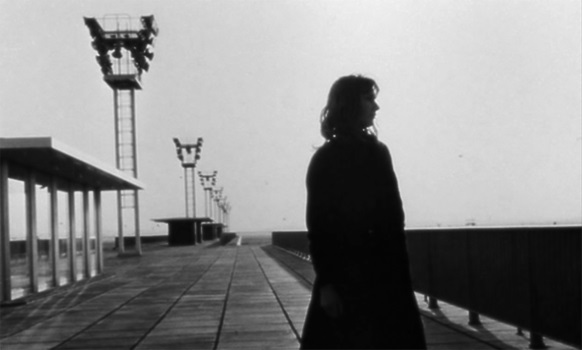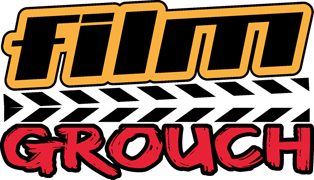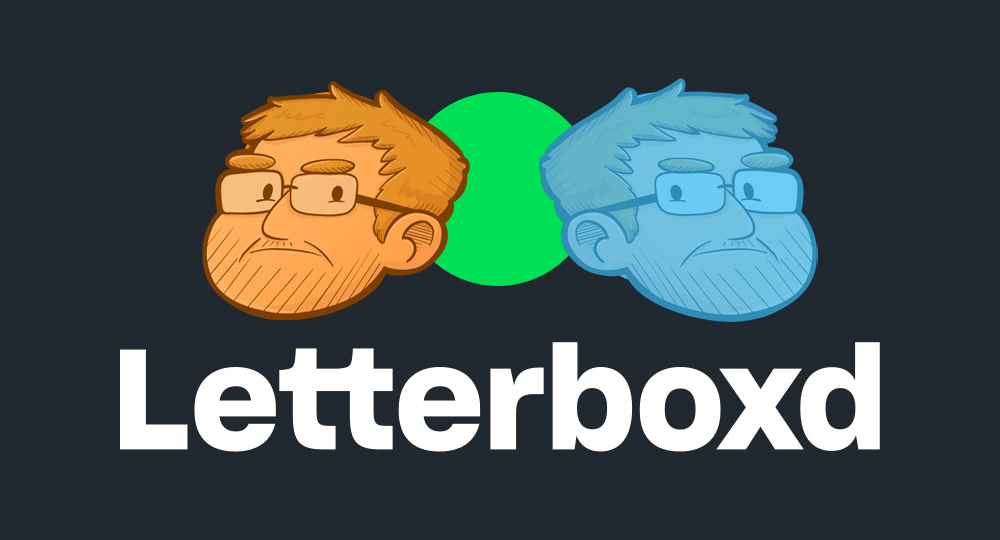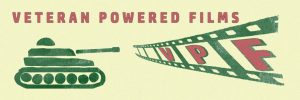
Directed by: Chris Marker
Written by: Chris Marker
Cast: Hélène Chatelain, Davos Hanich, Jacques Ledoux
La Jetée, 1963, by Chris Marker, is a featurette set in an apocalyptic future, the denizens of which attempt to use time-travel to the past and future in order to improve their present. It was also the source of inspiration for Terry Gilliam’s 12 Monkeys. The format is rather unconventional in that it tells the story through still photographs rather than through the persistence of vision that makes “movies” work both psychologically and physiologically. The vague vehicle by which scientists connect subjects to the past is a strong personal connection through memory.
The protagonist, Davos Hanich, has such a childhood memory of a man being shot to death. Because we do not have the benefit or distraction of information from changing body language, expressions, or from motion in general, the film takes on a dreamlike quality of memory. Themes include time, love, memory and knowing oneself.
It is fascinating that a character moves through time in images that do not move. Edits usually associated with cinema, such as cutting from a medium to close-up, dissolves and even jump cuts (the latter somewhat dating the film), draw attention to the fact that they are still images existing in time, rather than simply being displayed as static images, as with fine art. In other words, the editing of static images creates motion not physically, but temporally. The passage of time exists not only in the scope of the entire story but also within the images, themselves. La Jetée essentially gives cinematic life to still images. Later, a single shot that is moving acts as an amazing release from the stasis of the imagery.
The relationship of static images with time is interesting, but so is the relationship between the static images and the music. If the memory-evoking “light orchestral” music (Trevor Duncan) was restricted in the same way that the images are then you would perceive a series of static, unchanging drones of single notes or chords stretched to some length between that of the shot or all the way to eternity. Instead we hear a moodful aural tonalism that complements the formalist imagery. I wonder if Marker ever contemplated such an alternative as the drones. Probably not.
Regardless, his use of music acts somewhat as an emotional call-and-answer between what happens visually and itself, and somewhat as an invisible glue that holds together the memorial world of the film. Still, it is more typical than the aforementioned drones, which would’ve been aesthetically more consistent. Perhaps, in the single shot of the film that reveals motion (Marker could not afford the sustained use of a movie camera), a drone would have been appropriate, tidily reversing the relationship between sound and visuals.
Narration, too, is an artifact more associated with film rather than with static images, although it is also now widely used with museum exhibits. Its use here is fine, especially given the lack of dialog usually associated with exposition. However it should be noted that, by contemporary standards, as with Blade Runner, for example, narration is often frowned upon and seen as lazy. While I would never call La Jetée lazy, as it should in fact be an inspiration to all filmmakers, I can’t help but wonder what a similar approach would yield with today’s technology. The lesson for filmmakers is that film is not about finding millions of dollars for your brilliant idea, rather it is about doing the most with the least.
The world of La Jetée is stark yet beautiful, although this is subjective. The contrast between static images of moving people juxtaposed with things we naturally expect to be static, such as statues, graffiti and taxidermied animals, is jarring. Having a low budget motivates the use of natural light, something criminally underappreciated in contemporary cinema, along with practical lights (or apparent practical lights) underground. The use of depth of field and bokeh make us wonder about the dreamlike world just outside of each frame, while deep focus shots establish locales as seen fit by Marker.
Interestingly, some locations feature both shallow and deep depth of field, depending on the shot, indicating a conscious effort to reassert the dreamlike quality of memory when possible. Environments include bleak, destroyed areas, underground tunnels, a museum, beautiful areas with foliage and of course the titular symbol of a better past, an airport, all tied together by the aesthetic of the film.
The name, itself, La Jetée is interesting and multifarious. French for “jetty,” it evokes the image of a pier projecting into an ocean or other space. In fact it literally means projected or thrown out. So, not only is the title indicative of the physical location of the film’s most important moment, it symbolizes the projection of the protagonist through time. Because of what he learns about his life, projecting and ending just as the jetty projects and ends, the title articulates the entire film.
One thing I love about the film is that, in spite of, or perhaps because of the subject matter, combined with the maturity of its author, it does not try to be edgy. It does not need to try simply because it is not an insecure film. Chris Marker’s background in essay films lends itself to creating a fictional vision, through the lens of memory and destiny, of a terrifying reality in a serene way.
The bottom line is that, aesthetically and philosophically, La Jetée, a timeless cinematic gem, is a powerful mixture of innovation and convention that leans away from classical film design without losing itself in abstraction. Not only a testament to Chris Marker’s vision, it sets a brilliant example for what can be done with few resources. One might figure that if Chris Marker had more money then he would not have been forced to use still images, costing us this vision. On the other hand, in a twist of fatefully irony, we’d never realize that we missed something special. One thing, however, is certain: timeless memories are never static.



